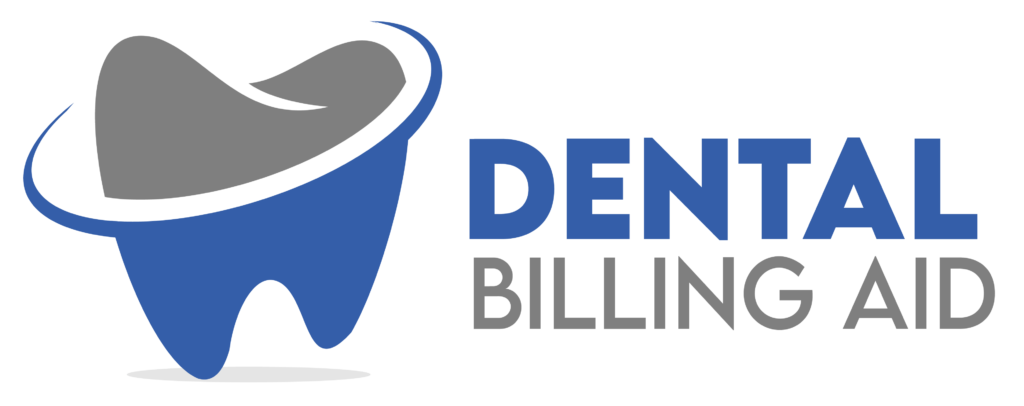The Gold Standard of Efficiency: Best Dental Insurance Verification Software for San Francisco Practices
For a modern dental practice in the competitive San Francisco Bay Area, efficient revenue cycle management is paramount. With the region’s diverse and complex mix of large national PPO plans (like Delta Dental of California, MetLife, and Cigna) and smaller local carriers, manually verifying patient insurance benefits is a massive drain on staff time and a leading cause of claim denials.
This environment has created a high demand for advanced Dental Insurance Verification Software and specialized services. The best solution for a San Francisco practice is one that offers high automation, real-time accuracy, and seamless integration with common Practice Management Software (PMS) like Dentrix, Eaglesoft, or Open Dental.
Top Contenders for San Francisco Dental Practices
While the “best” choice is always practice-specific, the current market leaders for automated insurance verification generally fall into two categories: All-in-One AI Platforms and Specialized Verification Services.
| Category | Leading Software/Service | Key Features for SF Practices |
| All-in-One AI/PMS | CareStack, Curve Dental (Eligibility+), Zuub | Real-time EDI checks, AI-powered benefit interpretation, direct integration into the PMS workflow, ideal for high-volume or DSO models. |
| Specialized Service/Software | Trojan Professional Services (Dentifi), eAssist, Vyne Trellis | Dedicated human verification backup, deep expertise in state-specific plans (like California’s unique carrier rules), and a focus on accuracy over speed alone. |
Key Factors for San Francisco Practices
Choosing the right software in a high-cost area like San Francisco requires prioritizing features that directly impact the bottom line:
1. Accuracy and Payer Coverage (The California Factor)
San Francisco practices deal with an extensive number of unique employer-sponsored plans. Software must be able to go beyond simple EDI eligibility checks and provide a detailed, code-level breakdown of benefits, including:
- Remaining Annual Maximum and Deductible Status.1
- Procedure-specific coverage percentages (e.g., Is a full-coverage crown covered at 50% or 80%?).2
- Frequency Limitations (e.g., last cleaning date, waiting periods for major services).3
Platforms like Zuub and Curve’s Eligibility+ use AI and real-time API connections to pull and normalize this data from various payer portals, providing the most accurate estimate needed for same-day case acceptance.4
2. Workflow Integration and Automation
Staff time is expensive in the Bay Area. The software must eliminate the need for manual data entry and phone calls.5
- CareStack is notable for its all-in-one approach, where verification is a built-in feature of the PMS, eliminating third-party integrations.6
- Trojan Professional Services (Dentifi) offers direct integration with major PMS platforms, including automatic population of the patient’s coverage table, a feature highly valued by veteran practices.7
3. Support and Expertise
When a complex claim from a small, local tech company’s plan is denied, a San Francisco practice needs immediate, expert support.
- Specialized services like eAssist or Trojan offer a “hybrid” model where software automation is backed by a team of human verification specialists who can handle the necessary phone calls and complex interpretation, which is crucial for maximizing collections.
Conclusion: The Best Fit
For a forward-thinking, high-volume dental office in San Francisco aiming for maximum efficiency and case acceptance:
- The Best All-in-One Solution is likely a platform with strong AI-verification built-in, such as Zuub or CareStack, which focuses on speed and cutting down the front office’s administrative burden entirely.
- The Best Specialized Solution is often Trojan Professional Services (Dentifi), which has a long-standing reputation in the California market for deep benefit research and reliable data, giving both the staff and the doctor the highest confidence in a patient’s out-of-pocket cost.8
Ultimately, the goal is to reduce claim denials, increase on-the-spot case acceptance, and free up valuable staff time—all of which directly translate to increased profitability in the high-overhead San Francisco healthcare landscape.
